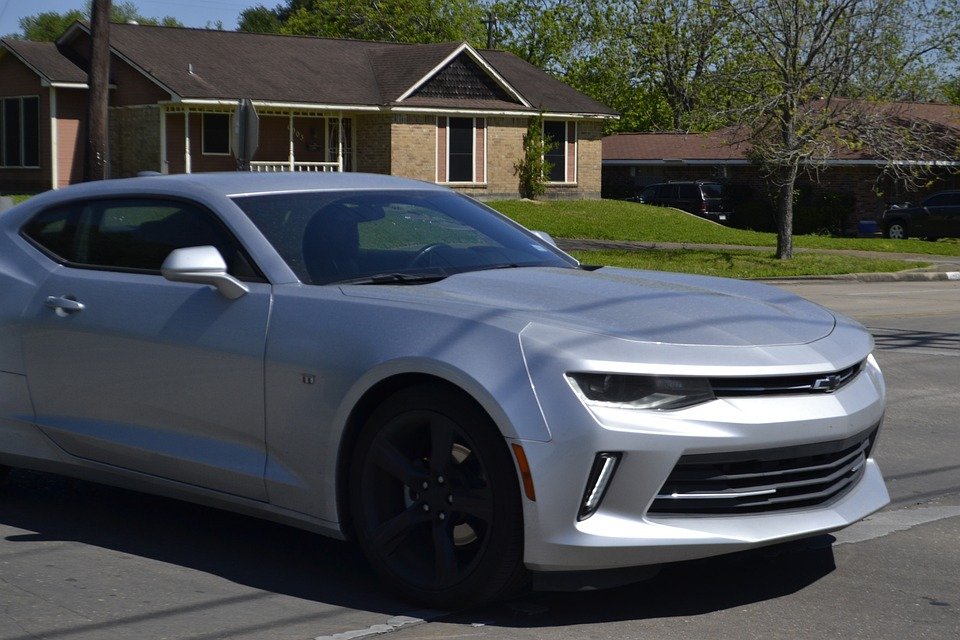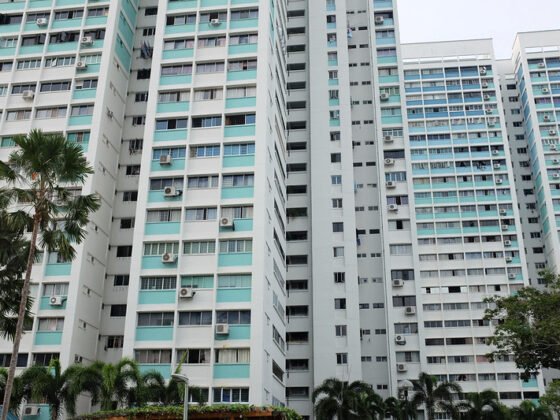Table of Contents Show
After learning a little bit more about window tinting and its advantages, let’s rapidly examine the various varieties. Given that climates and temperatures vary from area to region, understanding these window tints is useful.

One type of window tint may be required in areas that experience extreme heat, like Phoenix, while a completely different type may be required in areas that experience mild heat, like Houston.
Ceramic Window Tint
Start with the strongest of them. A very high-quality window tinting service is provided by The Porcelain Window Tint. This kind of film is made up of microscopic ceramic non-conductive particles. This is crucial because it prevents RF Communication from Cell Phones, Wi-Fi, Bluetooth, and other devices.
In terms of the window tint’s primary function, the ceramic window tint can prevent up to 50% of solar heat. Additionally, it can prevent more than 99% of the UV rays that the sun emits.
Read Also:
The windows’ brightness has been significantly reduced. Additionally, they can make the window shatter-proof and don’t readily fade. Many people mistake ceramic tint for ceramic coating, but the two are very different and have various applications.
Porcelain window tint is expensive for all these advantages. The film is also lighter in color than other kinds of window tint. Therefore, if privacy is your top priority, this style is not for you.
Pros and Cons
+ Rejects 50% or more of the radiation
+ Block 99% or more of Ultraviolet rays
+ Eliminates sunlight
+ Not readily fades
– Exorbitant price
– Inappropriate for private
Carbon Window Tint
Carbon-induced window tint is the second-best form of window tint. Carbon window tint is able to prevent up to 40% more heat than ceramic window tint.
The matte texture of Carbon Window Tint makes it special. That’s correct; it provides your windows with a matte finish. It can also filter out dangerous Ultraviolet rays.
As a result, it can stop inner leather, upholstery, and plastics from fading. Though not as expensive as ceramic tint, it is still an expensive choice.
Pros and Cons
Matched Trim
+ Very robust
+ Blocks Ultraviolet rays and heat
+ Guards innards of vehicles
+ A little bit deeper look
– Pricey but not as expensive as porcelain
Dyed Window Tint
Let’s take a step back and examine the entry-level choice after looking at the two premium window tinting options. A polyester sheet is sandwiched by several layers of infused dye in a dyed window tint, which absorbs the solar heat.
The hue is a little darker than usual because the film is dyed. So, with this variety, you get a lot more privacy. The Dyed Window Tint, however, sadly, does not prevent UV radiation.
It is also among the least expensive window tinting options. There are more effective kinds of tinting available.









